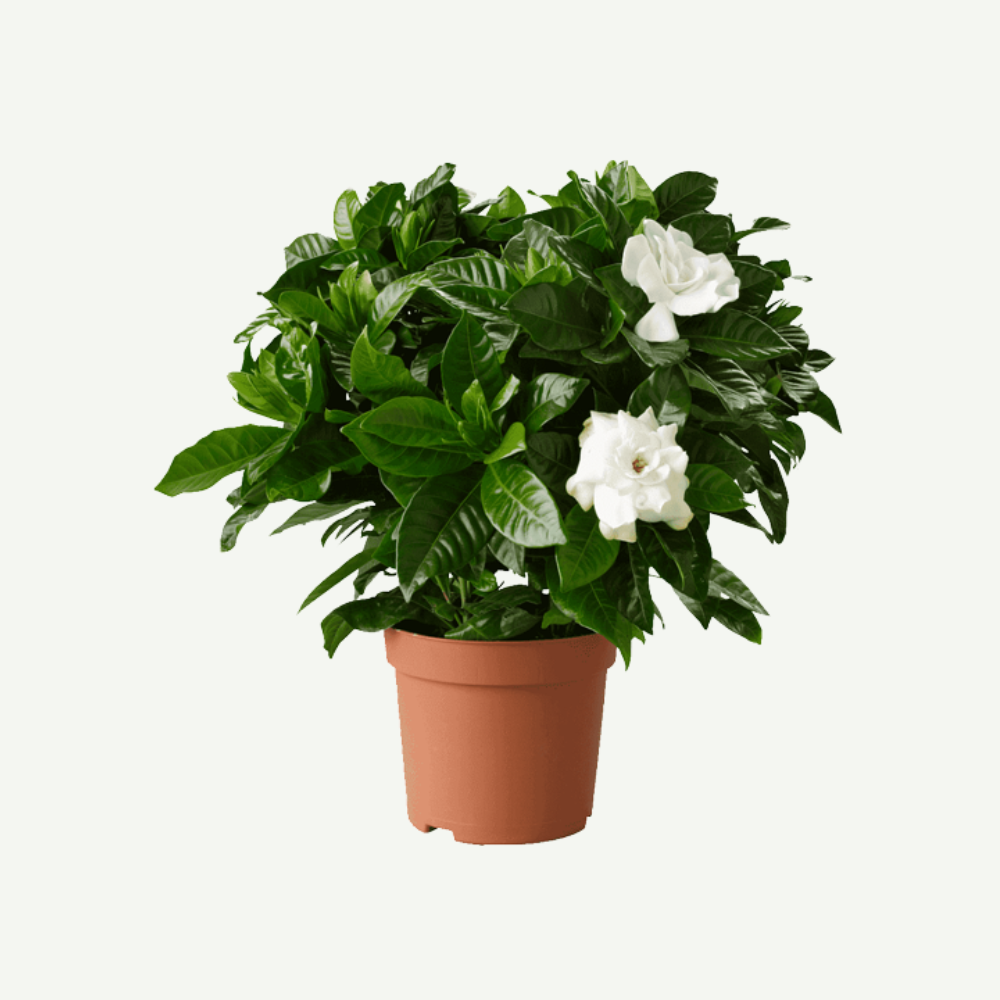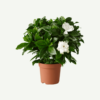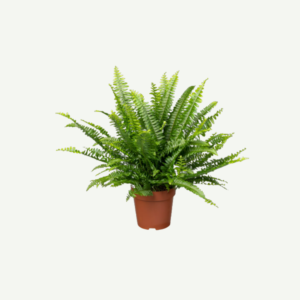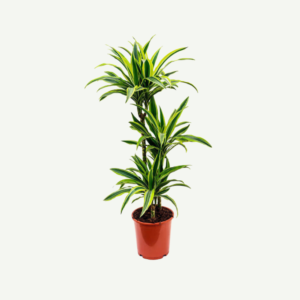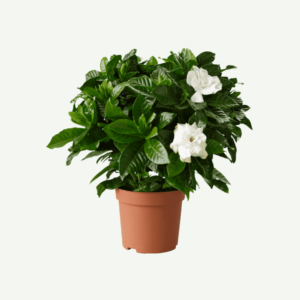The tubular-based corolla of the white or pale yellow flowers can be found either singly or in tiny clusters. Many species are highly fragrant, and flowering typically occurs between the middle of spring and the middle of summer.
Gardenia indoor plants are the perfect way to bring the beauty of nature into your living environment. Find out how to care for these beautiful plants with ease and enjoy their enduring beauty.
When Is It Necessary to Grow Gardenias Indoors?
Gardenia Indoor or Gardenia jasminoides as they are formally known, are celebrated for their charm and magic. These evergreen shrubs are renowned for their glossy dark green leaves and lovely star-shaped blossoms that are pure white. For those who prefer to cultivate plants indoors, the delicate appearance and soothing aroma of indoor gardenias make them a popular choice.
Care for Gardenia Indoor:
Indoor Gardenia Care:
Light: Bright, indirect light is best for gardenias. Position your artificial grow lights so they receive filtered sunlight if you absolutely must use them.
Temperature:
Temperatures of 18–24 degrees Celsius during the day and somewhat cooler at night should be maintained.
Wetness:
It is in wet conditions that this plant shines. Keep the air around the plant wet by watering it regularly, using a humidifier in the room, or placing it on a humidity tray.
Watering
No matter how much water you add, the soil shouldn’t become soggy. Distilled water is preferable to leaving plants in standing water.
Fertilizing
During the spring and summer, when your plants are actively growing, amend their soil with a balanced, water-soluble fertilizer.
Pruning:
You may keep the plant at a manageable size and form by removing wasted blooms, damaged or browning leaves, and any excess growth.
Diseases & Pests:
Aphids and whiteflies are two prevalent problems. Quickly address any infestations.
Features of an Indoor Gardenia:
Elegant Subtleness:
The delicate beauty of the Gardenia indoor plant is enhanced by the contrast between its dark green leaves and its white blossoms. Their timeless elegance will make any room they grace the show stopper.
Aromatic Delight:
With their alluring scent that wafts across your home, these plants are perfect for aromatherapy and relieving stress.
Take Pleasure in Nature’s Beauty 365 Days a Year:
Even in the depths of winter, these evergreen indoor gardenia plants bring a little bit of nature inside, illuminating your space with their vibrant greenery.
Air purifying qualities:
There is a lot of hype around indoor gardenias and their purifying properties, which include reducing pollution levels and improving air quality.
Gardenia varieties:
Examine several gardenia cultivars to choose the ideal one for your house. ‘Radicans,’ ‘Kleim’s Hardy,’ and ‘Mystery’ are among the most popular varieties of Gardenia jasminoides.
How to Use Gardenias for Decorating:
You can’t merely keep houseplants like gardenias; they’re works of art. In containers, their fragrant blossoms and rich green foliage create a breathtaking display. They make bathroom accents, charming bedroom finishing touches, or perfect focal points for dining room tables.
Aromatherapy and Health:
There is a reputation for these herbs to ease anxiety and tension. Aromatherapy enthusiasts can create a relaxing atmosphere in the comfort of their own homes with the aid of their exquisite scent.
Landscape use of Gardenia:
Foundation Planting:
One way to incorporate gardenias into your landscape is by foundation planting. All you have to do is arrange the plants to form a natural border around your home’s exterior walls. The evergreen greenery and fragrant blossoms of your property can attract more potential purchasers.
Hedgerow:
Plant these indoor gardenia plants in a row to create a fragrant and visually appealing hedgerow. The placement of these plants along property lines or against other garden elements can provide a natural barrier and screen for privacy.
Mixed orders:
When designing a border with other shrubs and perennials that produce flowers, be sure to include this plant. To your landscape design, they can bring fragrance and contrast.
Entryway or Path Accent:
As an accent plant for entryways or garden pathways, this plant is often found in homes with such features. The gentle aroma entices visitors, and the sight of the delicate white flowers can put one at peace.
Patio or Deck Containers:
This gardenia indoor plant does well outside when grown in large pots or containers on patios, decks, or balconies. Their fragrant blooms and glossy leaves make them ideal for adding beauty to outdoor living areas.
Focus points:
Use this plant as a showpiece in your landscape design. Place them close to places where people may sit, near water features, or anywhere else you want to appreciate their scent and beauty.
Understory plants:
For those parts of your garden that get at least some shade from bigger trees, this is a great choice for an understory plant. They are an appropriate option for these settings because of their tolerance of uneven light.
Moonlight gardens:
When planning a moonlight garden, it’s common to use gardenias, whose aroma is at its strongest in the evening. A soothing and fragrant night garden can be created by combining them with other light-colored or white flowers.
Containers near Windows:
Potted gardenias near windows not only give visual beauty to your home’s outside but also let you enjoy their smell and blossoms from the comfort of your own home.
Conclusion
In conclusion, think about the gardenias’ growing needs as you plan their placement in your landscaping. Gardenias do best in acidic, well-drained soil and may even flourish in partly shadowed or filtered light. Those areas where freezing temperatures are a worry should take extra care to shield them from the cold as they are delicate plants.
Gardenias need to be pruned, fertilized and watered regularly to be healthy and blossom. Additionally, watch out for pests and diseases that could harm these plants and provide protection as needed. Gardenias can improve the appearance, aroma, and atmosphere of your outdoor spaces when they are planted in the proper locations.
